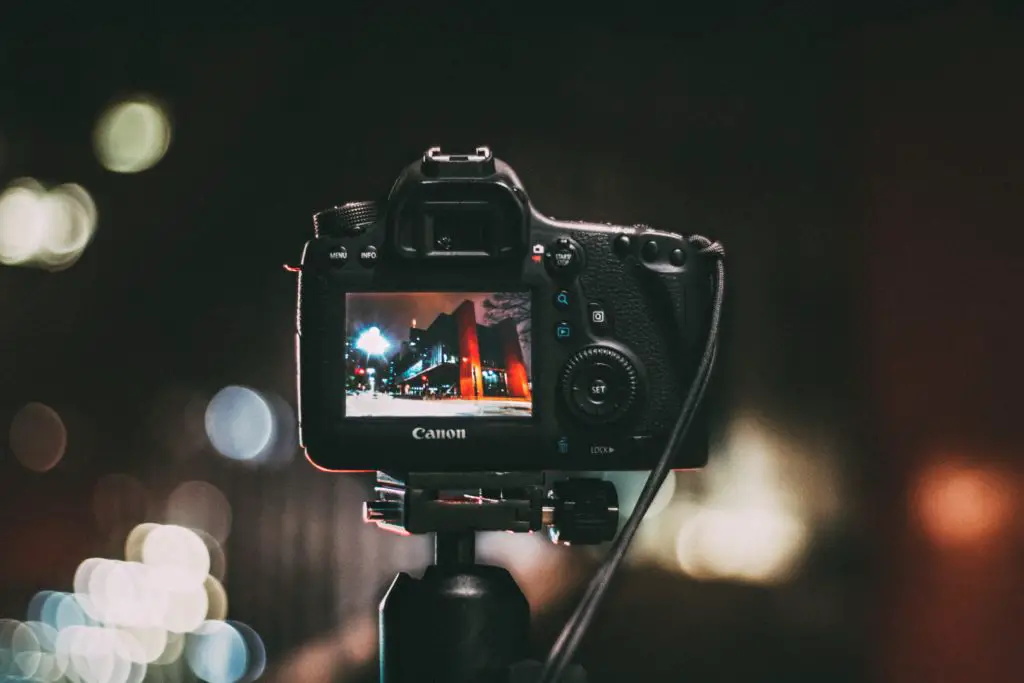In the contemporary world of visual arts, storytelling is a tool that unites people from diverse backgrounds. Globally, image-makers use the camera to tell authentic stories and write history in real time. Let’s learn about ‘Who Produces An Image Between The Camera And Visual Storyteller?’.

Who Produces an Image Between the Camera and Visual Storyteller?
Visual storytelling is the communication of a narrative primarily through the camera. It varies according to different storytelling mediums which include photography, cinematography, audio-visual, and illustration. The year 1895 marked the beginning of cinema, and to date, storytellers use the lens as a leading voice for positive change as it becomes a device to educate, reshape reality and represent marginalized identities. The authenticity of visual storytellers worldwide created new developments of conventions behind the process of image-making, and the types of cameras to use in the creative industry.
What are historical industry cameras, in contrast to the contemporary used cameras?
According to the history of visual storytelling, a film camera known as a kinetoscope wherein people were filmed through a peephole was exhibited by the Lumiere Brothers in France in 1895. During this era, they were using a film camera called the Cinématographe, which would record short film narratives projected to an audience in cinematic space.
Most narratives were silent and accompanied by music to strengthen the emotion of the story.
Over time, more film cameras were created and diversified. This means that they had different lenses and lighting functions. These include Single Lens Reflex (SLR 35mm) and Olympus OM-1.
To create an image on the above historical cameras, one would have to purchase the film, insert it into the camera and capture the photograph. Once the film has been developed, the image-maker can see the outcome of the photograph. The development of technology over time allowed for the existence of digital cameras which are mostly used in the creative industry.
These are known as digital single-lens reflex cameras (DSLR), which are large cameras with interchangeable lenses that capture high-quality images.
DSLR cameras are used for photography, and Panasonics are used for film narratives. The growth of technology concerning visual arts did not only allow for developed cameras but also granted image-makers the opportunity to consider varied factors which they could use to artistically employ to create stories.
Thus, the contemporary conventions of color, lighting, and sound in the creation of images, which was not practiced in the historical era of film cameras.
What is the impact of historical industry cameras on the digital era?: Who Produces an Image Between the Camera and Visual Storyteller?
Beyond entertainment, photography and film become a tool that represents the history and conventions of the past. As such, storytellers refer to historical visual narratives for research, draw inspiration and most importantly pay homage to those who came before us.
With the development of digital cameras which have features that allow for quality images,
film photography looked outdated. However, certain image-makers continued to use the historical film camera to tell stories.
Fayetteville, Arkansas-born photographer and creative director, Deon Hinton is a celebrated film photographer in New York City. His work is conceptual and incorporates color, composition, and texture to relay pleasing images. He employs self-portraiture to emulate a safe space of expression for himself. The intense textural aesthetic in Hinton’s images situates his work within the greater context of the evolving visual culture.
Emmy award-winning American series, Euphoria which premiered in January 2022, was shot on 35mm kodak Ektachrome film. Although shooting on film is a prolonged process that requires a high budget and patience, the visuals of the second season were incredibly beautiful. The visuals showed vibrant colors and fine grain which gave the narrative a nostalgic feeling.
The employment of historical film cameras and conventions for present narratives in the creative industry is impactful as it allows image-makers to blend the past with the present which results in timeless visuals.
How does a visual artist stay relevant?
The visual arts community is constantly growing, and new standards are created daily. The artistic practice of drawing inspiration from the past cultivates a new perspective.
Below are techniques that could guide a visual artist on how to remain authentic within the rapidly developing industry:
- Use composition intentionally, it is the building block of an image.
- Use visual metaphors such as color, props, and everyday symbols to relay the theme of the narrative.
- Purchase a camera you can afford; it is important to start where you are with what you have. Your perspective is as valuable as industry standards.
- Say less and show more in an image, this creates a connection with the audience.
- Do not be afraid to push boundaries by cultivating a new perspective.
Conclusion
To conclude, an image-making philosophy states that when creating an image, the artist tells the camera what to see through composition and framing. However, the camera tells the artist what it saw in the outcome of the image.
This becomes an execution challenge for image-makers globally. As such, it is key that image-makers remain inspired by leading the camera when telling a visual narrative because the image-maker possesses full creative control in the process.


